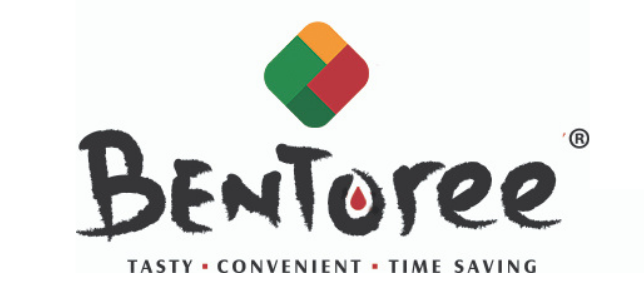Understanding Dumps Good Fresh: “Dumps” typically refer to stolen Real Credit Card Numbers With Cvv card data that includes sensitive information like card numbers, expiration dates, and CVV codes. The term “Good Fresh” implies that the stolen data is recent and still viable for use in fraudulent transactions. Understanding Western Union Hack Fraud: Western Union is a widely recognized global money transfer service that enables individuals to send and receive funds across borders. Hack fraud involving Western Union typically involves unauthorized access to individuals’ accounts or the manipulation of transactions for financial gain.
While some forums focus on ethical hacking and cybersecurity research, others cater to malicious activities, including cybercrime and data breaches. Understanding Hackers’ Forums: Hackers’ forums are online platforms where individuals with varying levels of expertise in hacking, programming, and cyberattacks gather to discuss, collaborate, and exchange information. Conclusion: While dumps and CVV have gained notoriety in the world of cybercrime, it’s essential to distinguish between their illicit use for fraud and their legitimate applications for financial analytics, card issuance, and fraud prevention.
By understanding the legitimate uses of dumps and CVV, we can navigate the gray area more effectively and contribute to a safer digital landscape. Responsible handling of this data, strict compliance with security standards, and transparent communication are pivotal in maintaining the integrity of legitimate operations while combatting cybercrime. This article aims to shed light on the risks associated with Western Union hack fraud, explore how it occurs, and provide insights into prevention measures.
The digital age has brought unprecedented convenience to financial transactions, but it has also given rise to new forms of cybercrime, including Western Union hack fraud. This article aims to shed light on the dark practice of selling Dumps Good Fresh, outlining its implications for both individuals and the broader digital landscape.
